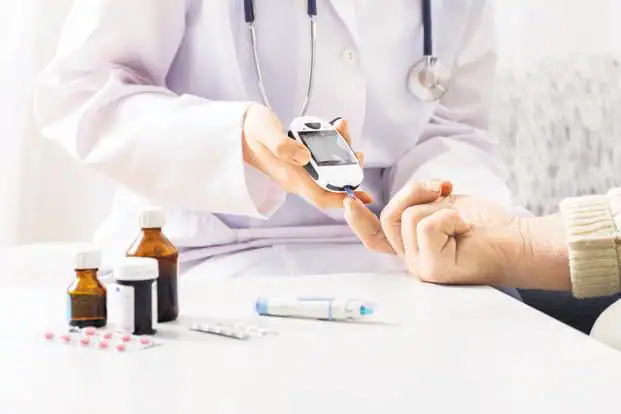A groundbreaking innovation emerges from the labs of Jawaharlal Nehru Centre For Advanced Scientific Research (JNCASR), promising a paradigm shift in diabetes management. Scientists led by Prof. T. Govindaraju have unveiled a novel silk-based hydrogel system designed to mimic the function of the pancreas, heralding a potential breakthrough in insulin delivery.
This revolutionary approach aims to overcome the limitations of current insulin delivery methods, offering a more efficient and responsive system for individuals battling both Type 1 and advanced stage Type 2 diabetes. Building on previous success with passive insulin release systems, Prof. Govindaraju’s team has engineered a super smart system that responds dynamically to glucose levels in the blood.
The silk formulation, injected under the skin, transforms into a gel, acting as a reservoir for insulin. What sets this system apart is its responsiveness to abnormally high glucose levels, triggering the controlled release of insulin as needed. This glucose-responsive hydrogel platform, enriched with phenylboronic acid (PBA) and glucose oxidase (GOx), holds immense promise in providing tailored insulin delivery, akin to the pancreas’ natural function.
Initial tests on mice have yielded promising results, demonstrating efficacy in insulin delivery and normalization of blood sugar levels. However, the transition to human trials and further development hinges upon industry collaborations and funding support.
Beyond diabetes treatment, the potential applications of this silk-based system are vast, spanning drug delivery, wound healing, and tissue engineering. Prof. Govindaraju’s team is actively pursuing industrial partnerships to translate this innovation into real-world solutions.
In essence, the silk-based insulin delivery system represents a monumental leap in diabetes care, offering a more natural, personalized, and hassle-free alternative to traditional insulin injections. With continued advancements and collaborative efforts, this technology holds the promise of transforming lives and revolutionizing healthcare on a global scale.






